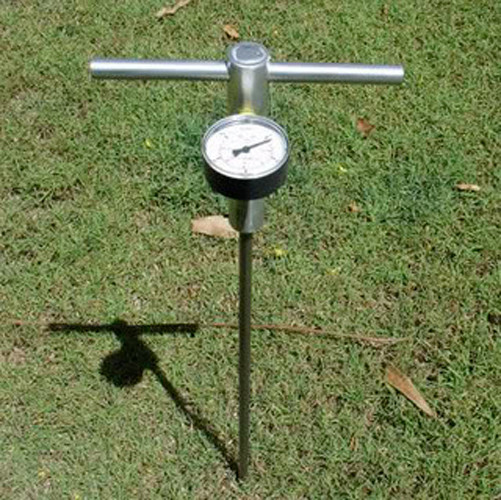Is anyone following the work of Charles Marohn who has launched a national effort called Strong Towns. It's interesting and I think the permaculture world should interject itself into what the growing ST movement is doing.
https://www.strongtowns.org/
Here's a portion from their "About" section from the website.
The Strong Towns approach is a radically new way of thinking about the way we build our world. We believe that in order to truly thrive, our cities and towns must:
+ Stop valuing efficiency and start valuing resilience;
+ Stop betting our futures on huge, irreversible projects, and start taking small, incremental steps and iterating based on what we learn;
+ Stop fearing change and start embracing a process of continuous adaptation;
+ Stop building our world based on abstract theories, and start building it based on how our places actually work and what our neighbors actually need today;
+ Stop obsessing about future growth and start obsessing about our current finances.








